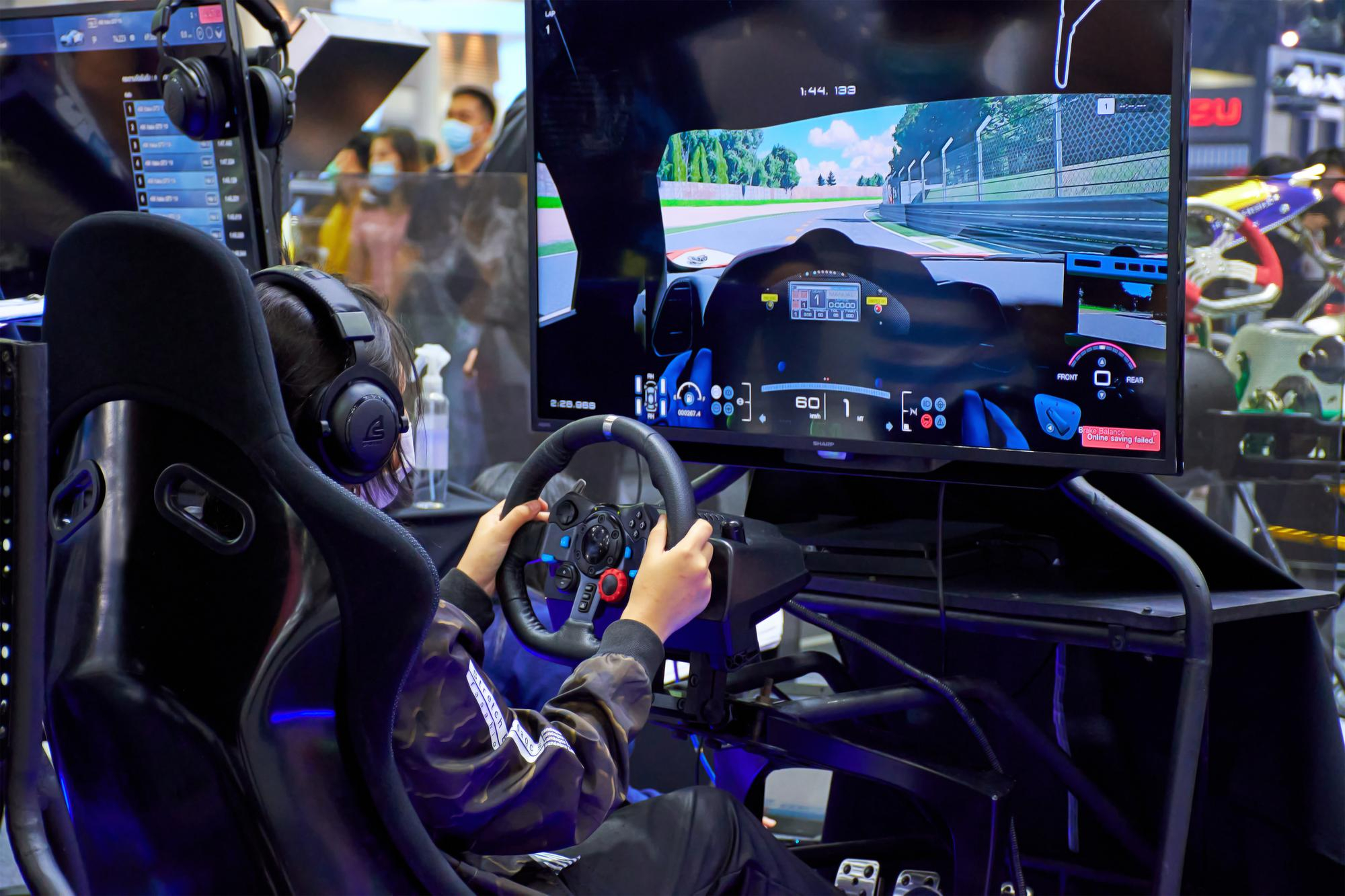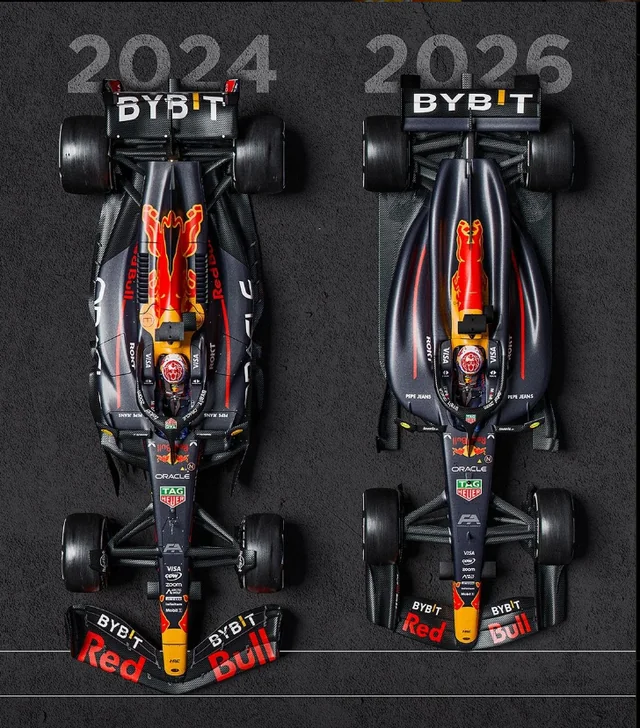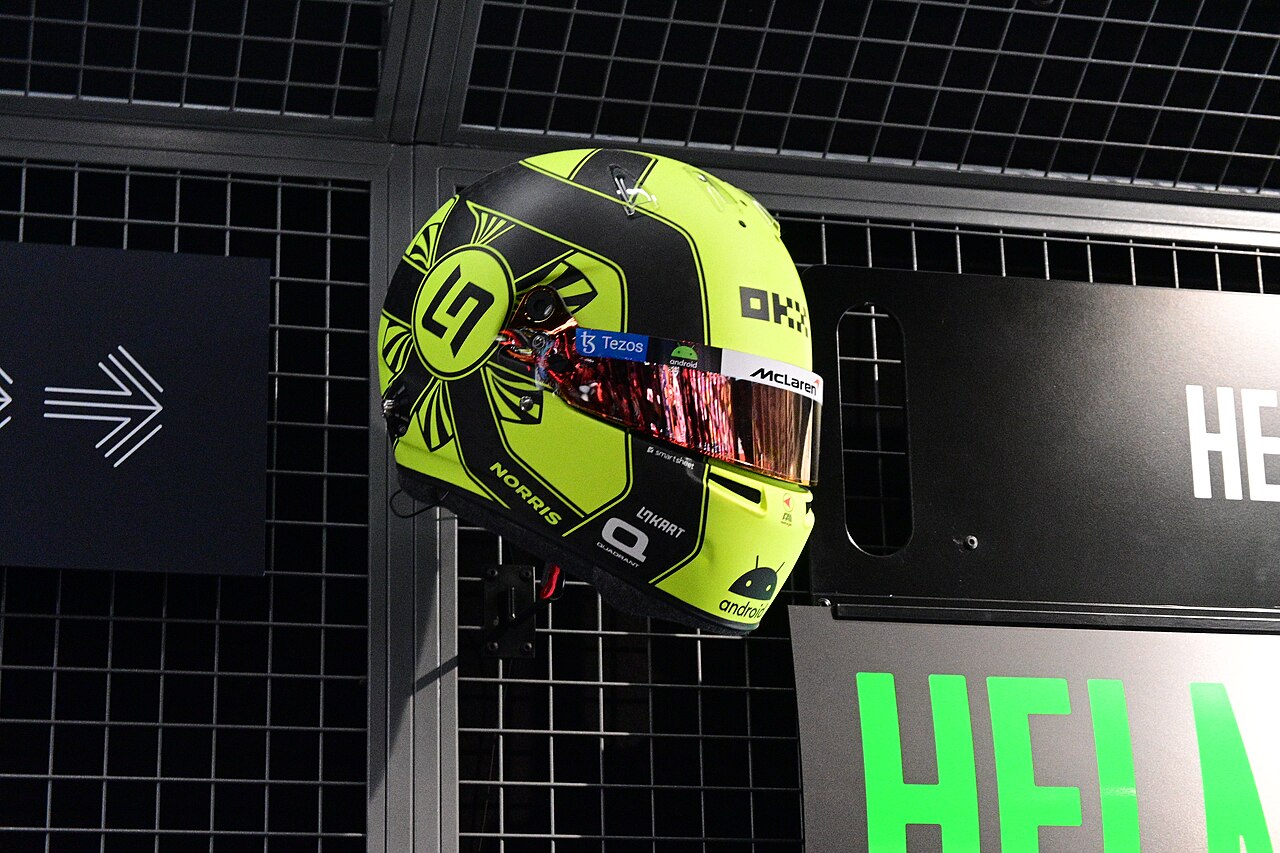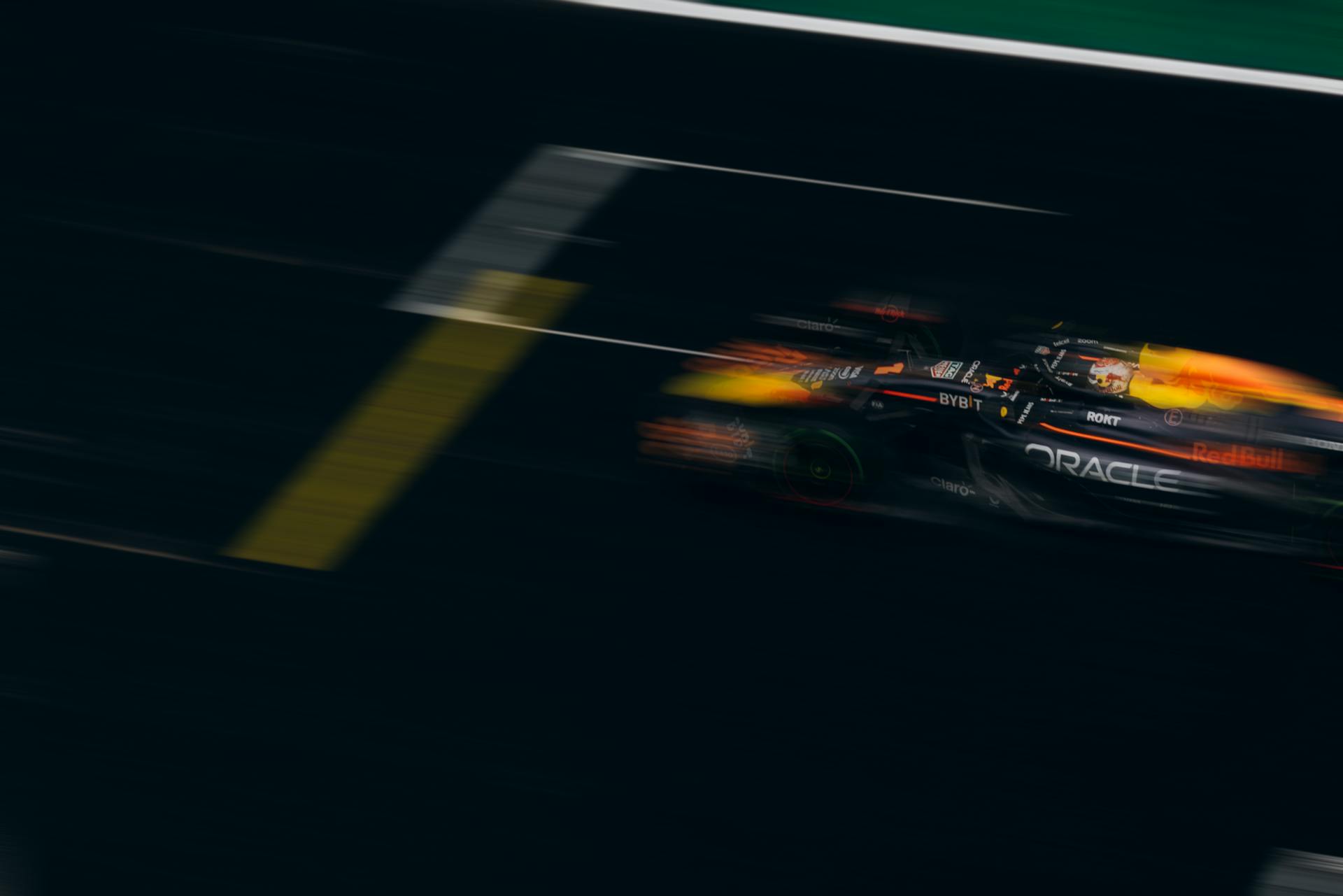Motorsport is undergoing a momentous transformation, thanks to the integration of digital technologies and virtual racing and the introduction of powerful esport motorsport sponsorship. The meeting of the real and the virtual has opened up new avenues not only for teams, but also for sponsors, who can now reach a global audience in an interactive and measurable way.
Esports are revolutionizing the sponsorship industry, here are some concrete cases ranging from the Formula 1 to MotoGP, to stories of transition from simracing to the real world.
A New Paradigm: The Digital Transformation in Motorsport
In recent years, the boundary between traditional and digital competitions has thinned considerably. Technologies such as virtual reality (VR),augmented reality (AR),Internet of Things (IoT), and big data analytics have revolutionized the way racing is experienced and promoted. Today, the integration of these technologies not only improves performance on the track, but also offers new ways to engage fans and measure sponsors’ return on investment (ROI).
Traditional sponsorships, in which a brand logo appears on cars, motorcycles and uniforms, have evolved into multichannel activations that combine on-site experiences and digital interactions. This transformation enables continuous, interactive engagement that captures the attention of an increasingly young and digitally connected audience.
Evolution of Motorsport: From Real to Virtual
Digital innovation has led to the emergence of virtual competitions parallel to on-track racing. Teams now experiment with simracing as a training and testing platform, where strategies are validated in controlled, faithfully reproduced environments using high-fidelity simulators.
These virtual events have become fundamental to:
- Test and optimize race strategies: Using real-time data and simulations, teams can analyze performance and make immediate changes.
- Broaden audience engagement: Virtual competitions allow you to reach fans around the world, overcoming geographical barriers and creating an immersive experience.
- Experimenting with new partnership models: Dynamic agreements and short-term contracts offer more flexibility to sponsors, allowing them to adapt quickly to market changes.
Integration of Reality and Virtual: Specific Examples
To fully understand how the marriage of real and virtual is shaping the future of motorsport, it is useful to analyze some concrete examples that highlight these synergies.
McLaren F1 Esports
McLaren F1 has extended its brand into the digital world with the creation of the McLAREN Shadow team. This division participates in the F1 Sim Racing World Championship, where simracing competitions faithfully replicate the dynamics of on-track racing. Through this approach, fans can watch live simulation sessions, interact with exclusive content, and learn the strategies that drive the real team’s performance.
Alpine F1 Team Esports
Similarly, Alpine launched its “Alpine F1 Team Esports” division, which integrates virtual competitions with established on-track experience. This project allows the team to experiment with digital tactics and engage a younger audience, demonstrating how the synergy between real and virtual can lead to new engagement strategies.
F1 Esports Pro Series
The F1 Esports Pro Series is a global competition that combines simracing with the world of Formula 1. Several official teams, including those of McLaren and Alpine, participate in this series, applying strategies that can be directly linked to real-world performance on the track. This format allows sponsors to interact dynamically with a digital audience, offering immersive and measurable experiences.
MotoGP eSports
MotoGP is leveraging virtual events to complement traditional races with digital experiences. Through interactive platforms, fans can participate in simulated competitions, experiencing the excitement of racing in virtual and augmented reality. These initiatives break down geographic barriers, enabling global enjoyment and direct engagement.
All MotoGP teams have an official team that participates directly in the e Sports tournament. Over the years the championship has evolved to involve thousands of participants from all over the world. Every year, to conclude the series a mega live event, broadcast on live TV gives additional visibility to all participants and sponsors involved.
From the Virtual to the Real: The Case of Cem Bolukbasi
An exemplary example of the transition from simracing to real motorsport is Cem Bolukbasi, among the first drivers to move from the virtual world of F1 to the real track. His experience shows how simracing can serve as a springboard for a career in traditional motorsport, opening up new prospects for young talent and sponsors eager to invest in new recruits. Bolukbasi is currently involved in the European Le Mans Series.
Implications for Sponsors and ROI
The integration of real and virtual in motorsport has significant implications for the sponsor world. Digital activations, due to their measurability, allow for real-time data on fan engagement, thus improving the ability to optimize ROI.
Some key benefits include:
- Continuous Engagement: Digital platforms allow constant interaction with audiences, creating a continuous flow of feedback and data.
- Expanding Audience: Virtual competitions attract a young, global audience, expanding the reach of brands.
- Immersive Experiences: Activations that combine VR, AR and simulations offer a unique experience that strengthens the emotional bond between fans and brand.
These strategies enable sponsors to achieve greater and more effective visibility, increasing brand value and helping to generate higher revenues for teams.
Real and Virtual
The integration of real and virtual is redefining the future of motorsport, creating an ecosystem in which traditional and digital competitions are mutually enriching.
Teams such as McLaren Shadow, Alpine F1 Team Esports, MotoGP virtual teams along with the global formats of the F1 Esports Pro Series and MotoGP clearly illustrate how this transformation offers new opportunities for both fans and sponsors.
The adoption of advanced technologies and the ability to integrate immersive experiences allow traditional engagement barriers to be overcome, providing a versatile and interactive platform. With measurability of digital activations, sponsors can now reach global audiences in a targeted and flexible way, optimizing return on investment and strengthening brand value.
Ultimately, the marriage of real and virtual not only innovates the way we experience racing, but radically transforms the motorsport sponsorship model. Brands that are able to embrace these innovations will be able to strategically position themselves in an increasingly dynamic market, ensuring sustainable growth and access to new audiences.
One of the advantages that esports presents to sponsors is the duration of exposure of their brands to players (and we are talking about millions of users). This repeated and prolonged exposure (amounting to millions of hours) fosters the creation of an emotional bond between brands and players, certainly capable of influencing future purchasing decisions.









